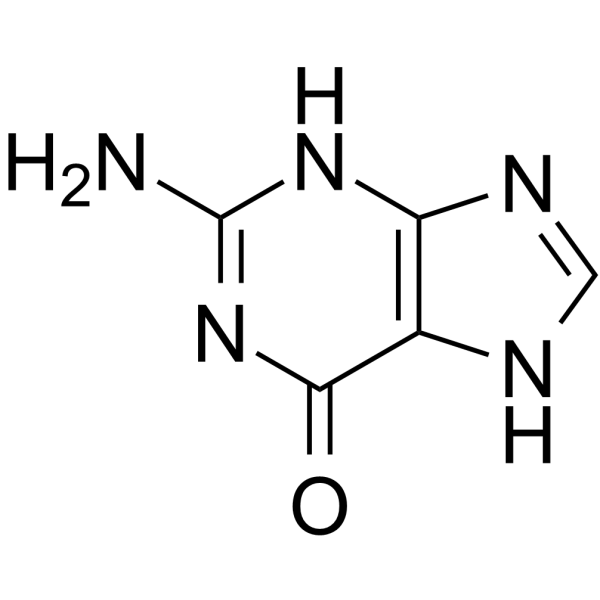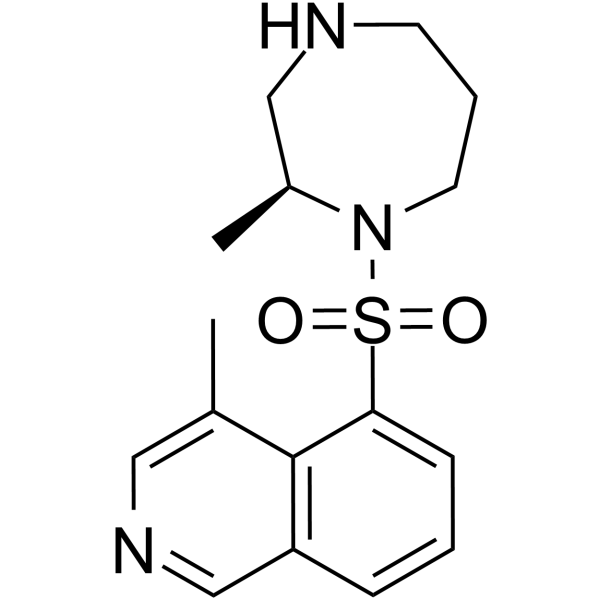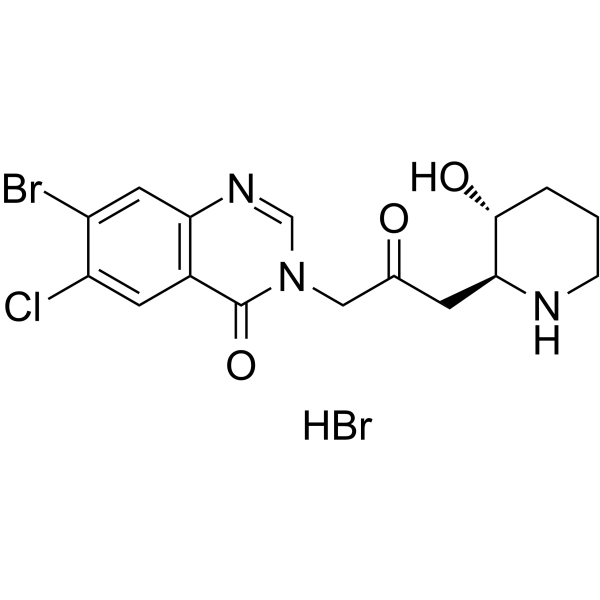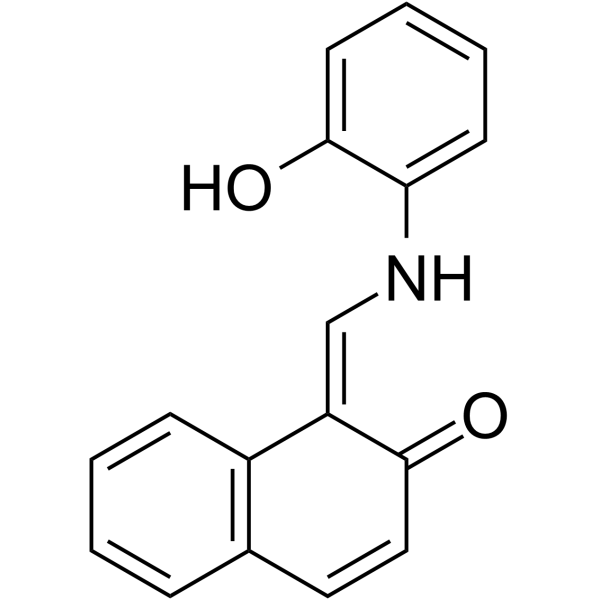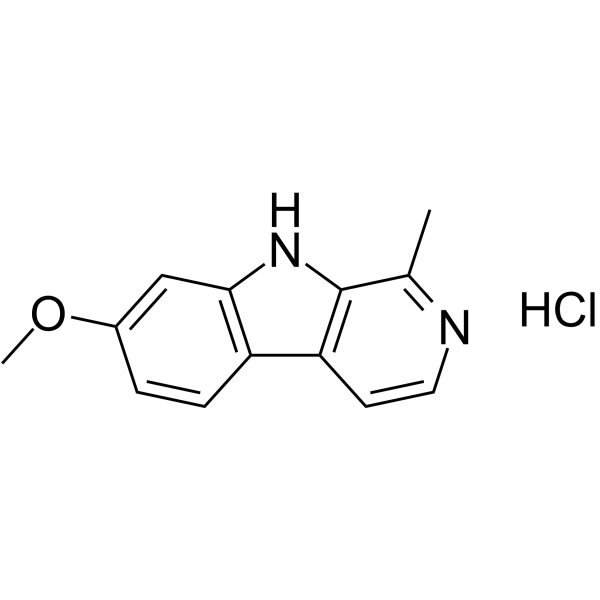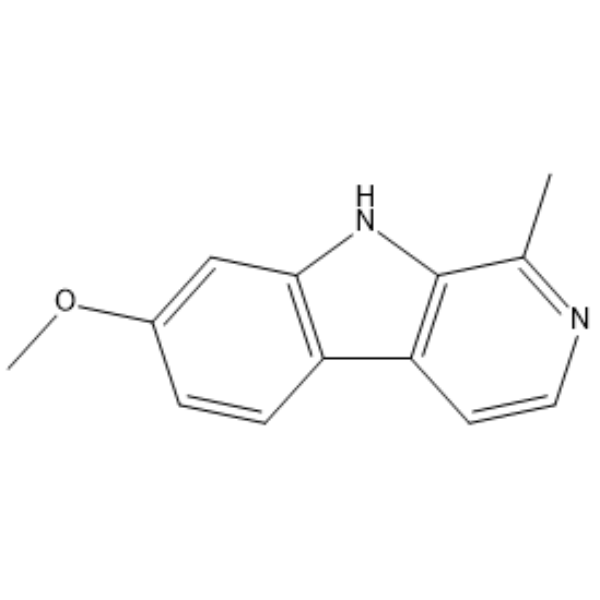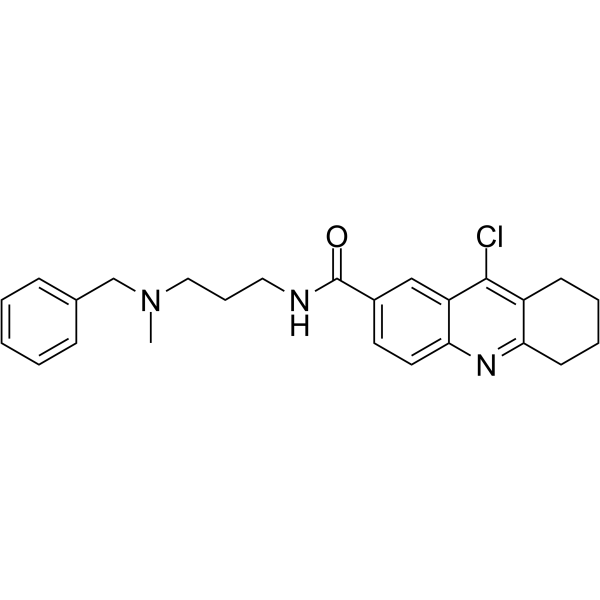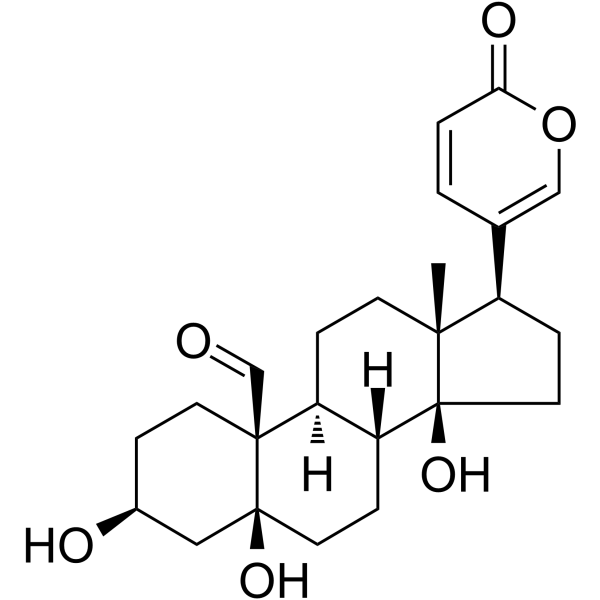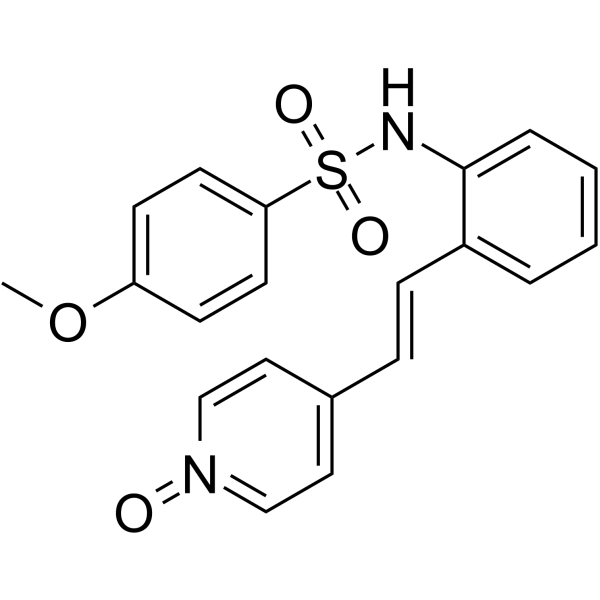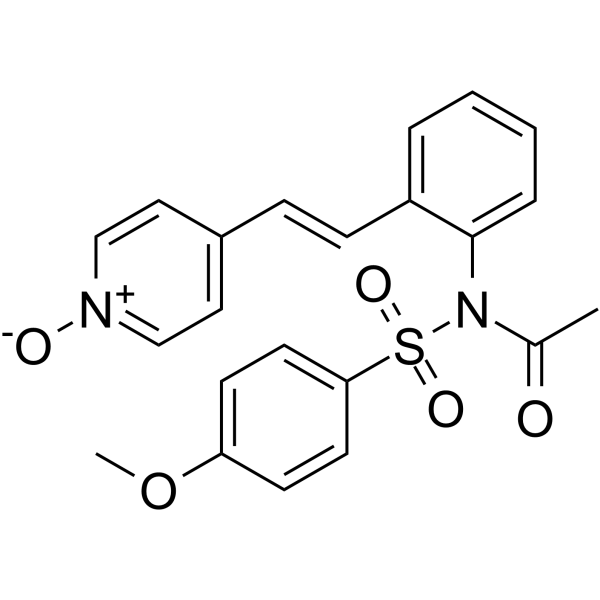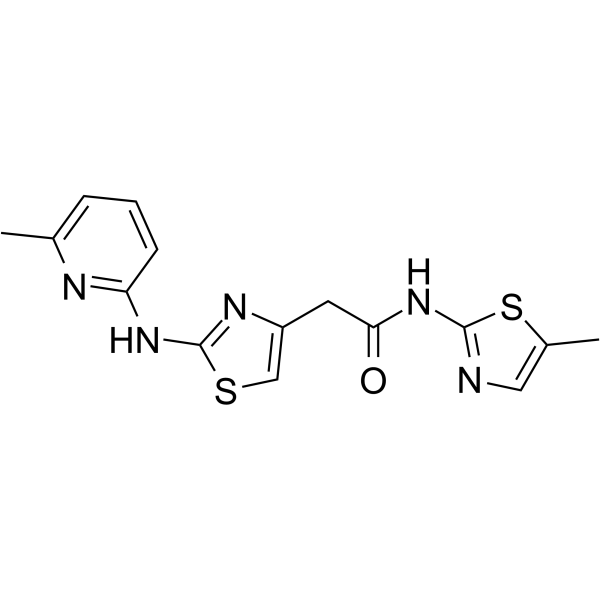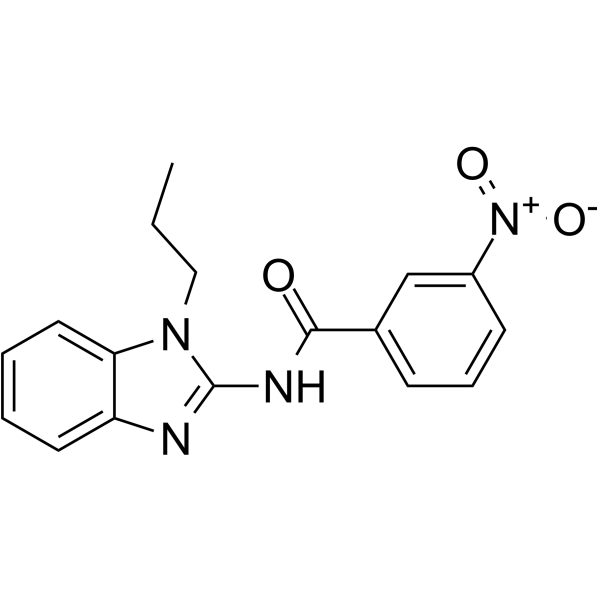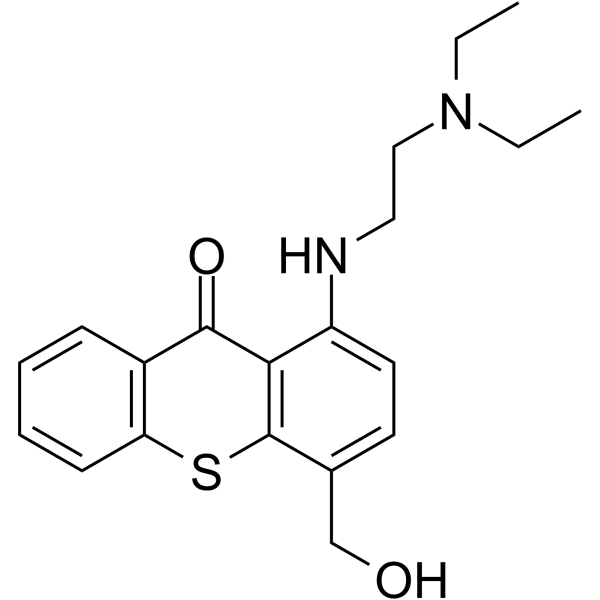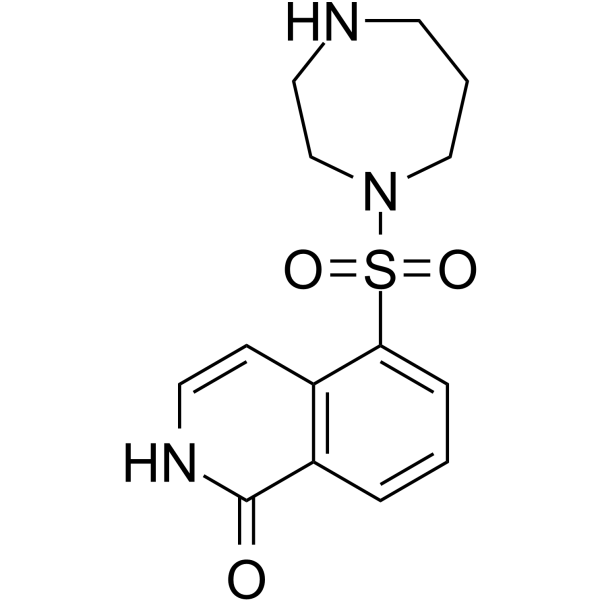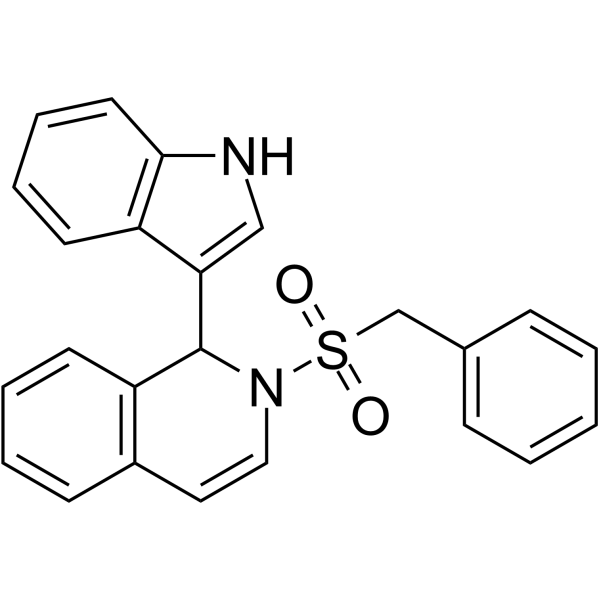|
BP13249
|
Guanine
|
|
|
|
|
Guanine is a purine base that is a constituent of nucleotides occurring in nucleic acids.
|
|
BP13250
|
GW779439X
|
|
|
|
|
GW779439X is an inhibitor of CDK.
|
|
BP13251
|
H-1152
|
|
|
|
|
H-1152 is a potent, specific, ATP-competitive, and cell permeable ROCK inhibitor (Ki = 1.6 nM).
|
|
BP13252
|
HA-1004
|
|
|
|
|
HA-1004 is a inhibitor of PKG, PKA, PKC and MLC.
|
|
BP13253
|
HALOFUGINONE LACTATE
|
|
|
|
|
HALOFUGINONE LACTATE is a halogenated derivative of febrifugine, a natural quinazolinone-containing compound found in the Chinese herb D. febrifuga.Halofuginone inhibits prolyl-tRNA synthetase in an ATP-dependent manner with a Ki of 18.3 nM. Halofuginone is a specific inhibitor of type-I collagen synthesis and attenuates osteoarthritis (OA) by inhibition of TGF-β activity
|
|
BP13254
|
Halofuginone hydrobromide
|
|
|
|
|
Halofuginone specifically inhibits collagen type I gene expression and matrix metalloproteinase 2 (MMP-2) gene expression, which may result in the suppression of angiogenesis, tumor stromal cell development, and tumor cell growth. Halofuginone Hydrobromide is the hydrobromide salt of halofuginone, a semisynthetic quinazolinone alkaloid anticoccidial derived from the plant Dichroa febrifuga, with antifibrotic and potential antineoplastic activities. These effects appear to be due to halofuginone-mediated inhibition of the collagen type I and MMP-2 promoters. Collagen type I and MMP-2 play important roles in fibroproliferative diseases.
|
|
BP13255
|
HAMNO
|
|
|
|
|
HAMNO is a protein interaction inhibitor of replication protein A (RPA).
|
|
BP13256
|
Harmine hydrochloride
|
|
|
|
|
Harmine hydrochloride is extracted from Peganum Harmala Genus.
|
|
BP13257
|
Harmine
|
|
|
|
|
Harmine is an alkaloid isolated from seeds of Peganum harmala.
|
|
BP13258
|
HBX 19818
|
|
|
|
|
HBX 19818 is a specific ubiquitin-specific protease 7 (USP7) inhibitor (IC50: 28.1 μM).
|
|
BP13259
|
Hellebrigenin
|
|
|
|
|
Hellebrigenin has anti-hepatoma activities, it induces cell cycle arrest and apoptosis in human hepatocellular carcinoma HepG2 cells through inhibition of Akt. Hellebrigenin exhibites moderate to strong activity against human HL-60, SF-295, MDA-MB-435, and HCT-8 cancer cell strains without hemolysis of mouse erythrocytes.
|
|
BP13260
|
HMN-176
|
|
|
|
|
HMN-176 is a stilbene derivative which inhibits mitosis, interfering with polo-like kinase-1 (plk1).
|
|
BP13261
|
HMN-214
|
|
|
|
|
HMN-214(IVX214) is a potent PLK1 inhibitor with an average IC50 of 0.12 μM.
|
|
BP13262
|
Horminone
|
|
|
|
|
Horminone has antimicrobial activity, it can inhibit the protein synthesis in several types of bacteria; it can inhibit the in vitro growth of Trypanosoma cruzi, 30 microM drug concentration producing total inhibition of growth. After administration of plant extracts containing Horminone has possibility of toxic effect.
|
|
BP13263
|
HQ461
|
|
|
|
|
HQ461 is a molecular glue that promotes CDK12-DDB1 interaction to trigger cyclin K degradation, resulting in decreased CDK12 substrate phosphorylation, downregulation of DNA damage response genes, and cell death.
|
|
BP13264
|
HS-243
|
|
|
|
|
HS-243 is an inhibitor of IRAK-4 and IRAK-1 with IC50s of 20 and 24 nM. HS-243 shows anti-inflammatory and anticancer activity.
|
|
BP13265
|
Hycanthone
|
|
|
|
|
Hycanthone is a potent drug of antischistosomal. Hycanthone is a DNA intercalator that inhibits RNA synthesis and DNA topoisomerases I and II. Hycanthone inhibits nucleic acid biosynthesis and inhibits APE1 via direct protein binding(KD: 10 nM).
|
|
BP13266
|
Hydroxyfasudil Hydrochloride
|
|
|
|
|
Hydroxyfasudil hydrochloride is a ROCK1/2 inhibitor (IC50s: 0.73/0.72 μM).
|
|
BP13267
|
Hydroxyfasudil
|
|
|
|
|
Hydroxyfasudil is a ROCK inhibitor(IC50s of 0.73 and 0.72 μM for ROCK1 and ROCK2, respectively).
|
|
BP13268
|
IBR2
|
|
|
|
|
IBR2 is a potent and specific RAD51 inhibitor that inhibits RAD51-mediated DNA double-strand break repair. IBR2 disrupts RAD51 multimerization, accelerates proteasome-mediated RAD51 protein degradation, inhibits cancer cell growth, and induces apoptosis.
|
